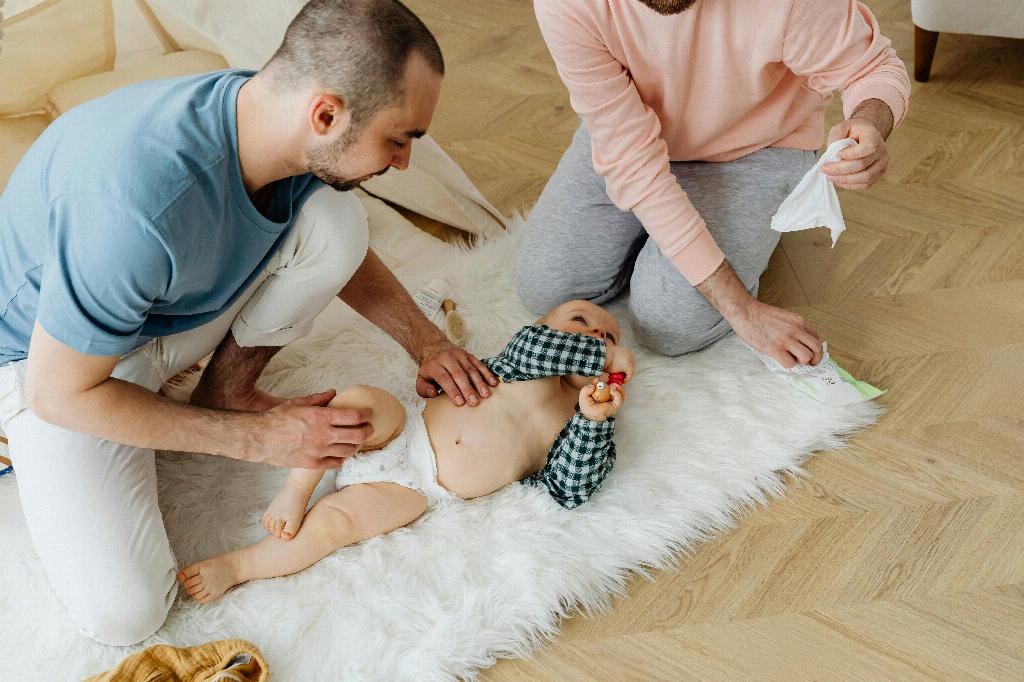When considering what should come out after an enema, it’s important to understand the process and effects of using this procedure. Enemas are primarily used to relieve constipation, cleanse the colon, or prepare for certain medical procedures. The solution introduced into the rectum helps soften stools and stimulate bowel movements by causing the muscles in the colon to contract.
Clearing the Bowels
After administering an enema, it typically takes anywhere from one to five minutes for the solution to trigger a bowel movement. During this process, it is normal to expel not only feces but also the enema solution itself. This dual expulsion is a sign that the enema is effectively clearing the bowels and fulfilling its intended purpose.
Expectations Post-Enema
Following the completion of the enema and the subsequent bowel movement, it is important to discard the enema kit appropriately and prioritize hand hygiene by thoroughly washing your hands. This hygiene step is necessary to prevent the spread of any bacteria or contaminants that may be present due to the nature of the procedure.
Appearance of Feces
When assessing what you should expect to see after an enema, it’s crucial to note that the appearance of feces can vary based on individual factors such as diet, hydration levels, and overall gut health. The stool may range in consistency and color, but a successful enema typically results in the elimination of impacted waste.
Signs of Proper Bowel Function
After an enema, the presence of well-formed stools that are relatively easy to pass signifies proper bowel function and indicates that the enema has effectively stimulated the colon muscles. This outcome suggests that the procedure has facilitated the removal of waste and toxins from the body.
Benefits of Enema Usage
Utilizing enemas can offer various benefits, such as alleviating constipation, aiding in detoxification, and promoting overall colon health. By assisting in the elimination of waste buildup and toxins, enemas can contribute to improved digestive function and overall well-being.
Continued Bowel Movements
Following an enema, it is common for individuals to experience continued bowel movements as the colon continues to expel any remaining waste or excess fluid. This process aids in thoroughly cleansing the colon and ensuring that all impurities are removed from the body.
Hydration and Fiber Intake
Maintaining adequate hydration levels and incorporating fiber-rich foods into your diet can support the effectiveness of enemas and promote healthy bowel movements. Hydration helps soften stools, while fiber adds bulk to the stool, facilitating smoother elimination.
Consultation with Healthcare Provider
Prior to using enemas or if you have any concerns about your bowel movements, it is advisable to consult with a healthcare provider. They can provide guidance on the appropriate use of enemas, address any underlying digestive issues, and offer tailored recommendations for optimal bowel health.
Concluding Thoughts
In conclusion, understanding what to expect after an enema involves recognizing the dual expulsion of feces and the enema solution, observing signs of proper bowel function, and promoting overall colon health through effective waste elimination. By incorporating enemas into a comprehensive approach to digestive care, individuals can enhance their bowel function and support overall wellness.
Final Reminders
Remember to follow proper hygiene practices after using an enema, prioritize hydration and fiber intake for optimal bowel health, and seek professional advice if needed to ensure safe and effective use of enemas as part of your healthcare routine.

